Upcycled Materials for Sustainable Packaging: Turning Waste into Brand Value
Why Upcycling Outshines Traditional Recycling for Packaging
Traditional recycling often requires sorting, washing, shredding, melting, and reprocessing, which adds energy and cost at every step. Upcycled materials for sustainable packaging can skip many of those stages, preserving form and function. Fewer transformations generally mean less energy, fewer emissions, and a faster route from discarded resource to purposeful packaging.
Why Upcycling Outshines Traditional Recycling for Packaging
Upcycled packaging starts with what already exists, inviting designers to work within real material limits. That constraint sparks originality, like using billboard vinyl’s weatherproof surface for rugged mailers or denim offcuts for padded sleeves. Customers notice inventive choices, and they remember the brands that turn obstacles into distinctive, sustainable packaging experiences.
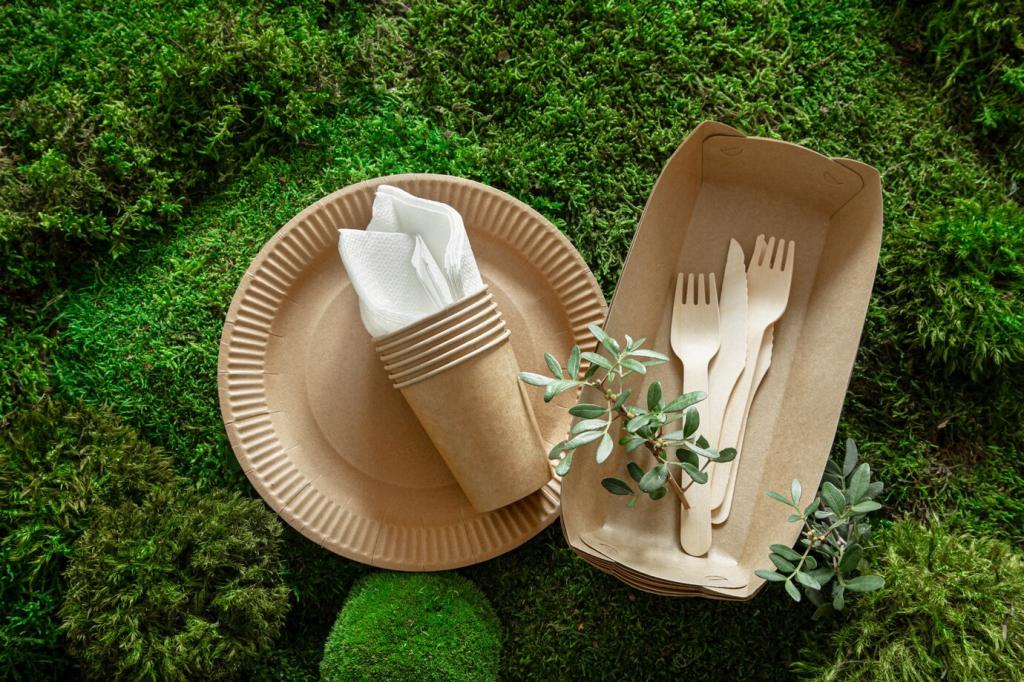
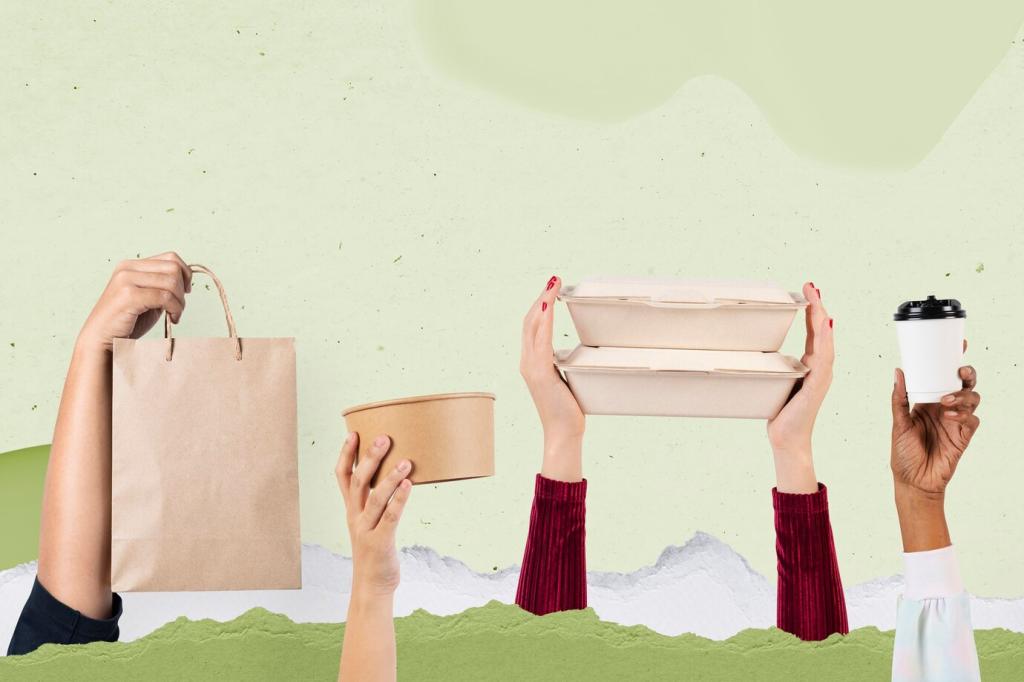
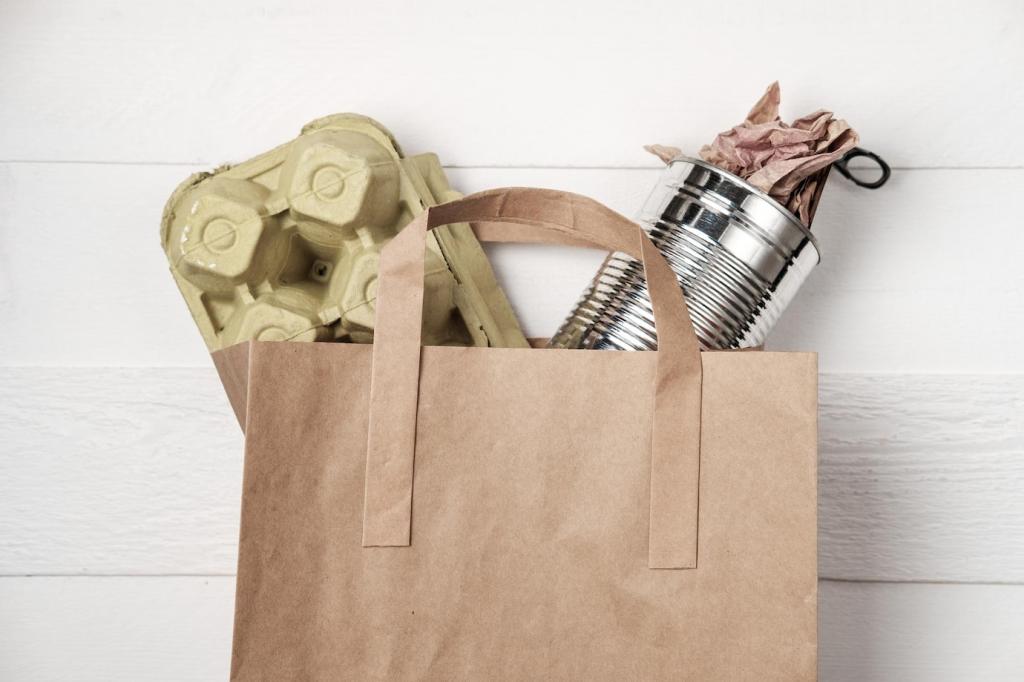
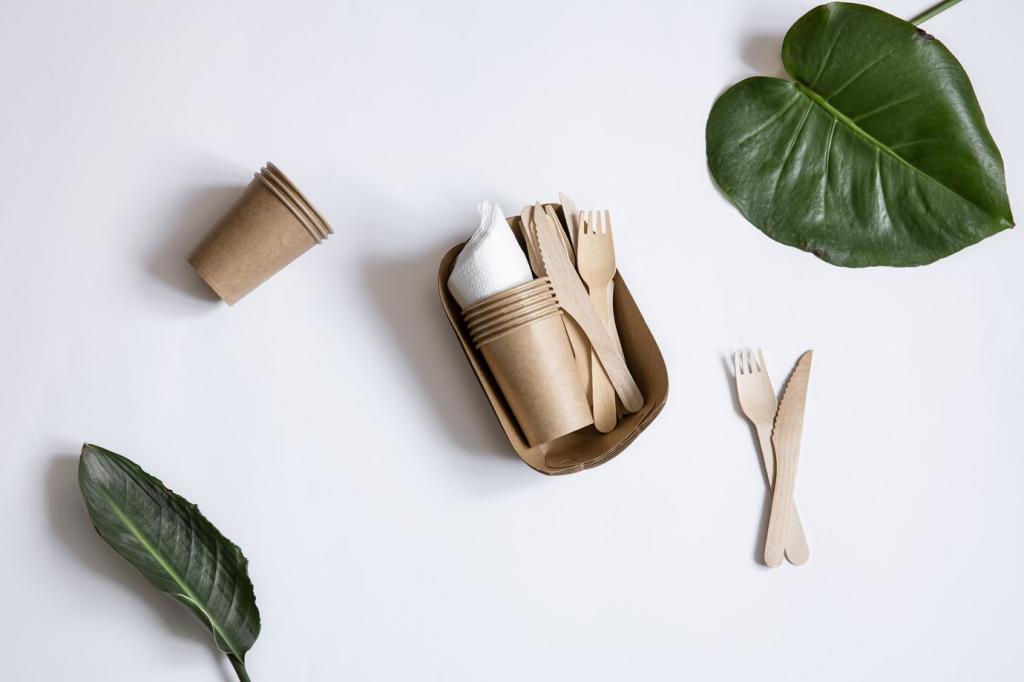
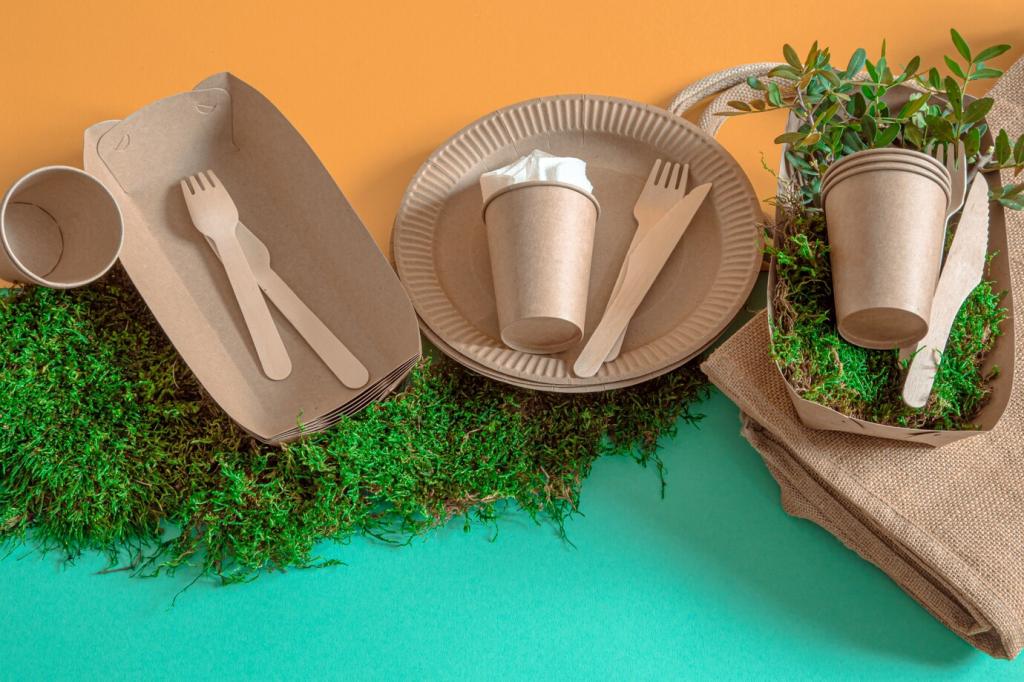
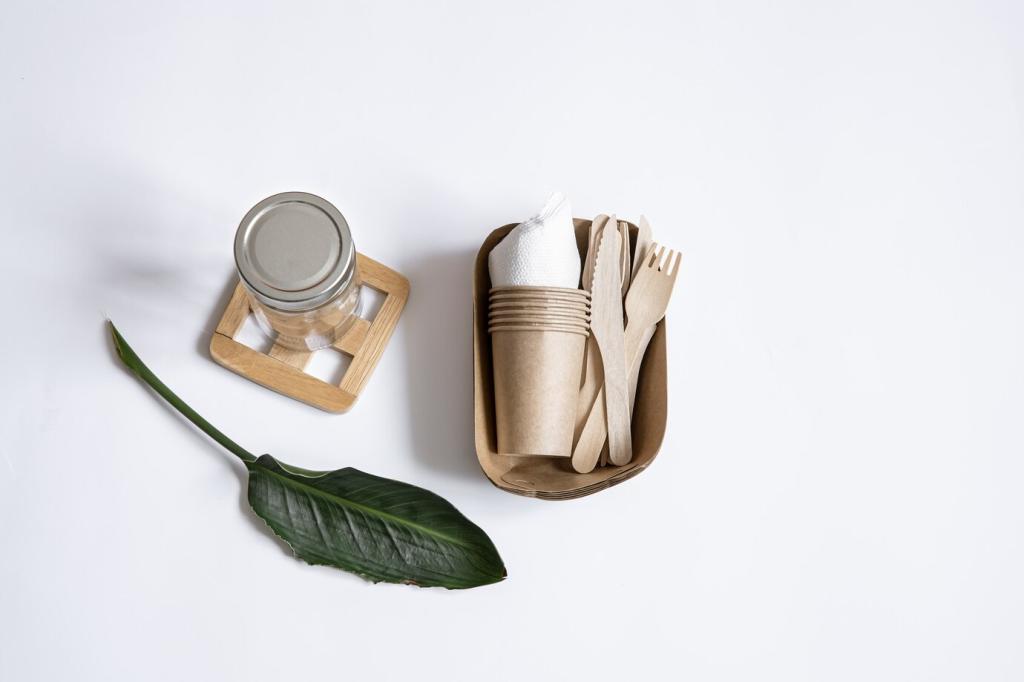
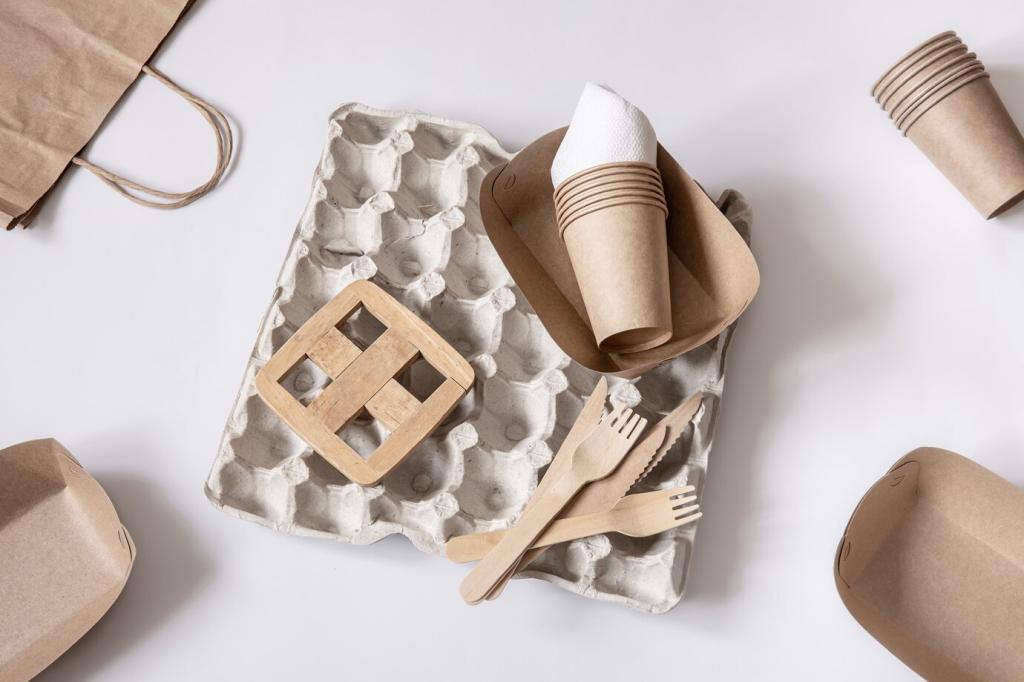
Designing for Safety, Performance, and Compliance
When packaging touches food or cosmetics, use compliant barrier layers and vetted liners. Work with suppliers who can provide documentation for applicable standards, then design so upcycled exteriors never compromise product safety. Transparent guidance helps customers feel confident that sustainability and protection are working together, not at odds, in your packaging choices.
Designing for Safety, Performance, and Compliance
Tell customers exactly what is upcycled, where it came from, and how to handle it after use. Include material percentages, care notes, and simple disposal or reuse prompts. Clear labeling earns credibility and invites participation, turning recipients into collaborators who celebrate the story behind your sustainable packaging rather than guessing at its origin.
Sourcing and Supply: Building Your Upcycled Feedstock
Create a neighborhood network: cafés with coffee sacks, farms with trimmed fibers, print shops with overruns, or theaters with retired backdrops. Shorter travel means lower transport impacts and more authentic connections. Interview partners, photograph the process, and invite readers to suggest sources. Subscribe to stay updated on our open call for local material leads.
Sourcing and Supply: Building Your Upcycled Feedstock
Upcycled streams can fluctuate, so design modular packaging that adapts. Specify multiple acceptable materials for the same component, standardize sizes, and keep flexible artwork templates. This resilience protects timelines and budgets while preserving sustainability goals. Share your own contingency playbook in the comments to help other makers navigate seasonal variability.
Sourcing and Supply: Building Your Upcycled Feedstock
Use QR codes to reveal the journey from reclaimed source to shipping day. Show dates, partners, and processing steps with photos and short notes. That transparency transforms sustainable packaging into an interactive experience, rewarding curiosity and deepening trust. Invite readers to propose features they would love to see in traceability dashboards.
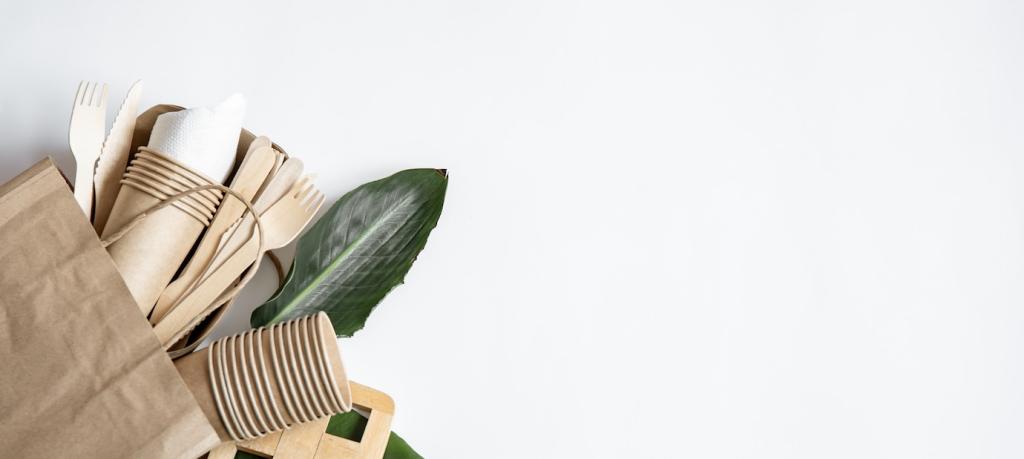
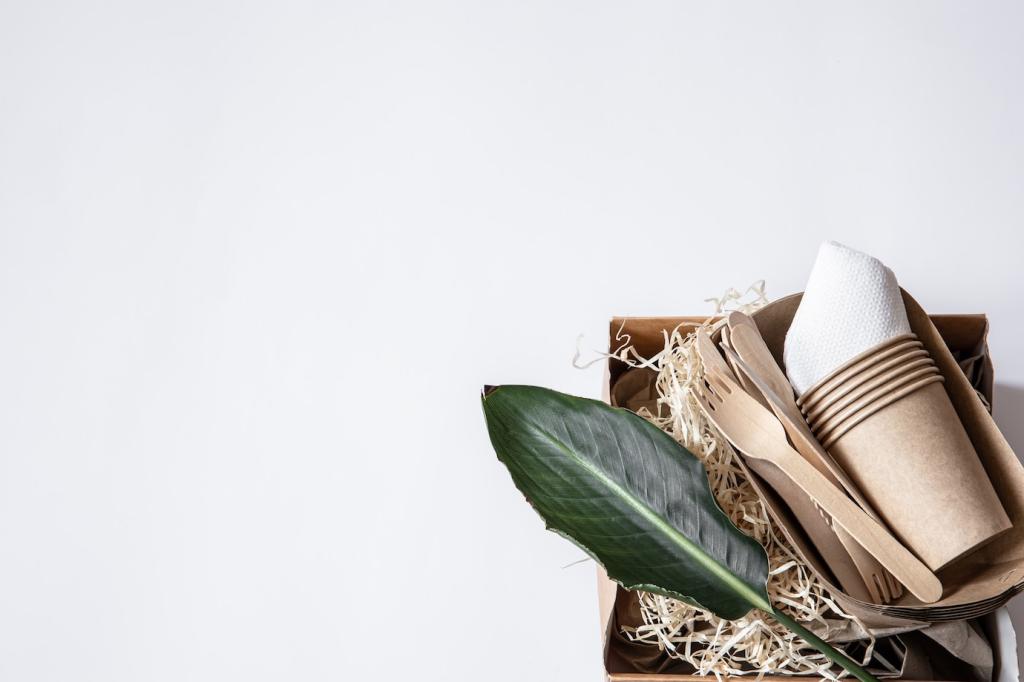
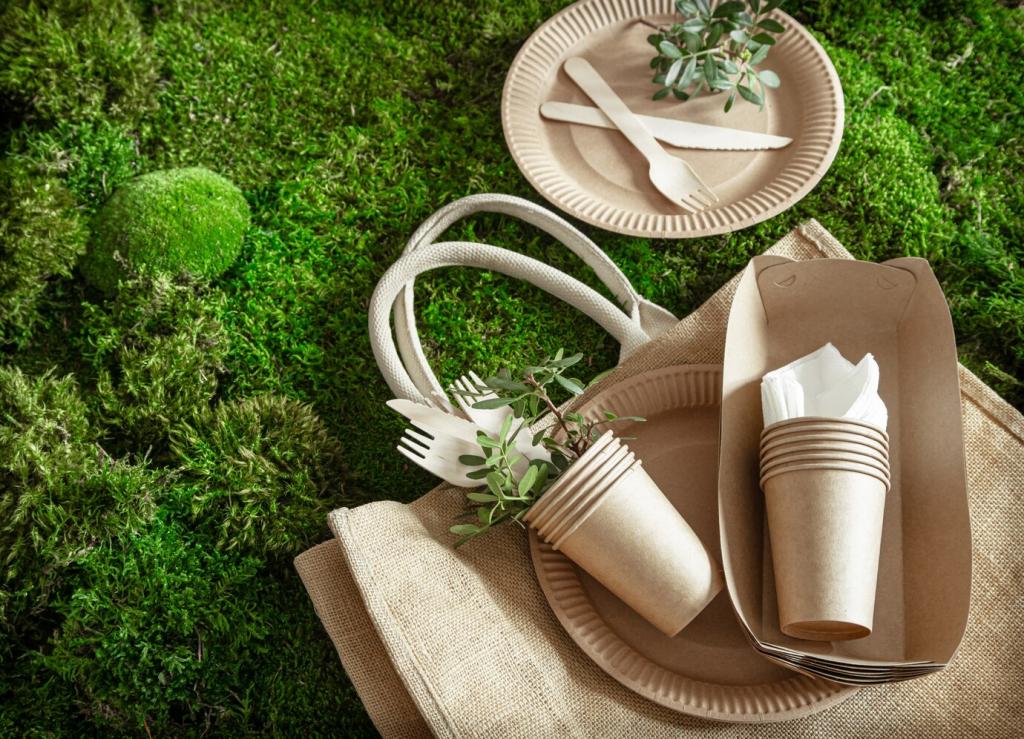
Getting Started: A Practical Roadmap
Audit, prototype, iterate
Map your current packaging by function, then identify components where upcycled materials can substitute without risk. Prototype three variations, ship internal sample orders, and collect feedback. Keep a weekly log of failures and fixes. Share your first wins in the comments so others can learn from your path and pitfalls.
Simple tools, smart fixtures
You do not need a factory to start. A sturdy rotary cutter, a straightedge, hole punches, and a few sewing or riveting jigs can produce refined results. Label fixtures by size to speed repeatability, and document settings. Readers, subscribe for our downloadable fixture blueprints and pattern guides tailored to common material streams.
Measure what matters and tell the story
Track waste diverted, cost per unit over time, customer satisfaction, and return rates. Even simple spreadsheets reveal meaningful trends. Publish highlights each quarter and invite feedback. When you measure thoughtfully and communicate clearly, your sustainable packaging becomes a trusted proof point, not just a promise painted in green.
